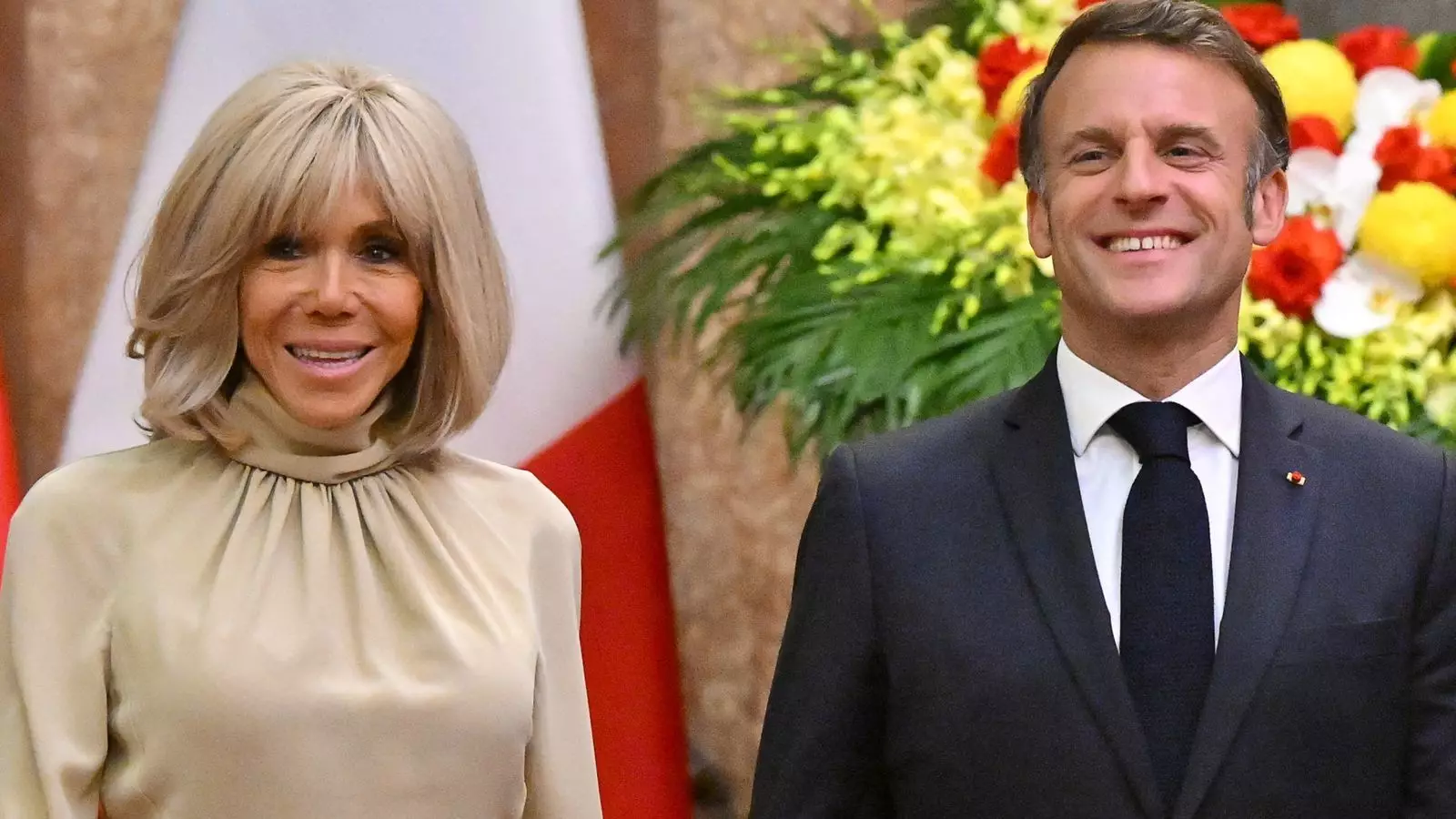Traditionally, state visits involving the UK’s monarchy are centered around Buckingham Palace, epitomizing regal history and British grandeur. Yet, the upcoming visit of French President Emmanuel Macron signals a deliberate shift in diplomatic presentation—holding the event at Windsor Castle rather than the usual royal seat. This choice is not merely logistical but a statement; it signifies a desire to infuse diplomacy with intimacy, history, and a touch of unconventionality. Windsor, with its storied past and serene grounds, offers a more personalized backdrop, softening the often stiff pomp with a sense of genuine friendship and shared heritage. In a political environment increasingly leaning toward performative diplomacy, this move demonstrates a willingness to embrace authenticity, making the event more accessible and emotionally resonant for both leaders and the public.
Personal Touches Over Formality
The grandeur of a royal carriage procession through Windsor and the presence of a bespoke royal dais indicate a careful blending of tradition with modern sensibilities. Yet, behind these ceremonial nods lies a strategic emphasis on warmth and personal connection. The royal family’s decision to meet Macron and Brigitte Macron personally on the tarmac foreshadows a shift away from distant protocol, favoring first impressions grounded in warmth and familiarity. This approach humanizes diplomacy, suggesting that behind national interests are personal relationships, trust, and cultural exchanges. The visit’s focus on personal artifacts—such as the viewing of Queen Elizabeth II’s gifted horse and historic carriages—further underscores the significance of shared history and tangible symbols of friendship.
Reimagining the Symbiotic Role of Royals in Modern Diplomacy
Today, royal appearances are often criticized for being anachronistic or superficial, yet this event challenges that notion. The royals are leveraging their soft power to foster a narrative of genuine alliance, transcending mere formalities. The personalized itinerary, including private visits to the Queen’s tomb and the Windsor Gardens, demonstrates a keen understanding: diplomacy isn’t just about business; it’s about establishing emotional bonds. The King’s role as Windsor Great Park’s ranger and his invitation to Macron emphasizes the symbolic role of the monarchy as custodians of both sovereignty and shared cultural landscapes. This subtly reinforces the idea that diplomacy rooted in cultural diplomacy and shared histories can be more enduring than treaties or speeches.
Setting a New Norm for Future State Visits
The decision to hold this ceremony in Windsor rather than Buckingham Palace may set a precedent, reflecting a broader shift in how nations view diplomacy in the 21st century. In a time of geopolitical turbulence and fluctuating alliances, choosing a location steeped in history yet intimate in scale signals a desire for authenticity over spectacle. If successful, this model could influence future state visits, including to other influential nations such as the United States. The contrasts are telling—while Trump’s high-profile, media-centric visits aimed at showmanship, the British approach here emphasizes quiet dignity and meaningful personal exchanges. This nuanced balance of tradition and innovation could redefine diplomatic norms, emphasizing the importance of emotional intelligence in global leadership.
The Subtle Power of Cultural Heritage in International Relations
Finally, the event showcases the strategic importance of cultural heritage as a diplomatic tool. By showcasing artifacts like the Carabanc carriage and revisiting the Queen’s cherished horses, the British monarchy leverages nostalgia and shared history as diplomatic currencies. This is not about superficial symbolism but about fostering a sense of shared identity, common values, and mutual respect. It subtly reminds us that diplomacy extends beyond government officials—it’s embedded in stories, symbols, and shared legacies. Moreover, the private visits and flowers laid at the Queen’s tomb highlight a respectful acknowledgment of history’s role in shaping contemporary alliances. It’s a delicate but powerful reminder that diplomacy is inherently rooted in storytelling—stories that build bridges rather than walls.
In the end, this Windsor-centered, personalized approach to diplomacy might offer a new blueprint—less about spectacle and more about sincerity, history, and human connection. As the world becomes increasingly fragmented, such a strategy could serve as a potent reminder that genuine relationships are still built not just on policies, but on shared moments, symbols, and stories that transcend borders.


Leave a Reply